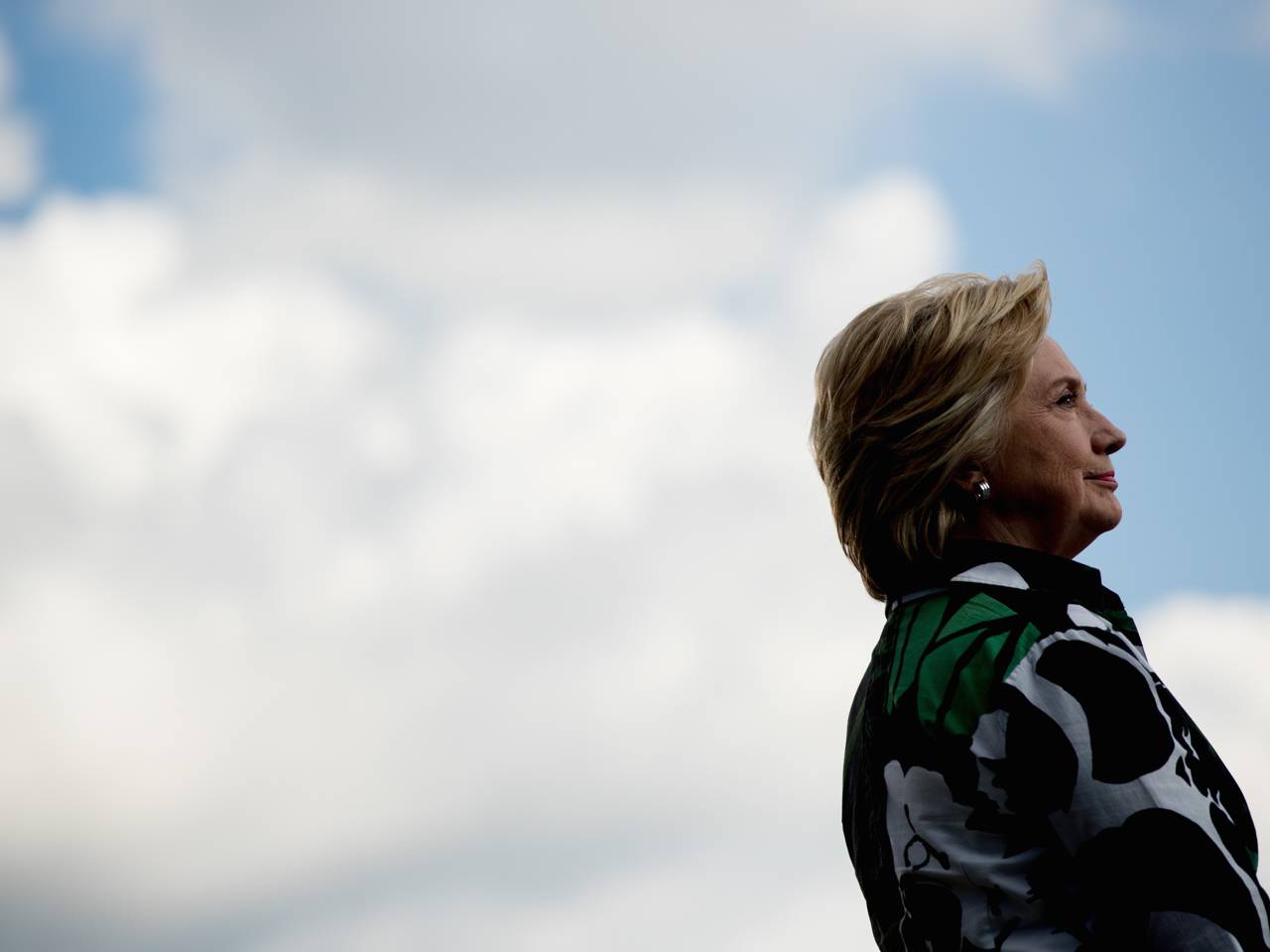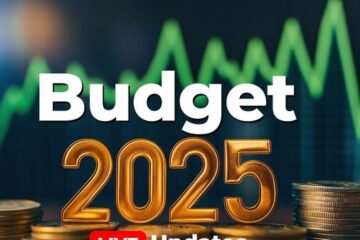
Hillary Clinton’s post-convention lead over Donald Trump has continued to grow as more polls have come in, according to our models. Check our forecasts for the latest numbers.
Initial polls conducted after the Democratic National Convention suggest that Hillary Clinton has received a convention bounce. In fact, it appears likely that Clinton’s bounce will exceed Donald Trump’s, which measured at 3 to 4 percentage points. Thus, Clinton will potentially exit the conventions in a stronger position than she entered them, perhaps also making up for some of the ground she lost to Trump earlier in July. This is good news for Clinton, but we’ll need to wait a few weeks to see if she can sustain her bounce before we can conclude that the race has been fundamentally changed.
Before we continue, a quick note or two about terminology. When we refer to a candidate’s “bounce,” we mean the net gain in her standing in the polls, including changes to her opponent’s vote share. For example, if the previous XYZ News poll had it Clinton 42 percent, Trump 40 percent, and their new poll has it Clinton 44, Trump 39, we’d call that a 3-point bounce for Clinton, since Clinton gained 2 percentage points and Trump lost 1 point.1
Also, when evaluating the gains a candidate has made, it’s important to note when the previous poll was conducted. Based on our models, Clinton led by 6 to 7 percentage points throughout most of June, but her lead dissipated to around 3 percentage points by mid- to late July, just before the conventions. Then, after the Republican National Convention in Cleveland, Trump pulled into an approximate tie with Clinton. It’s those post-RNC polls that make for the best comparison when describing Clinton’s bounce.
So far, however, the post-convention polls have been strong enough for Clinton that there isn’t a lot of need to worry about semantics. They suggest that she possibly holds a lead over Trump in the mid- to high single digits, instead of being tied with him. Here are the fully post-convention polls we’ve seen so far:
- A CBS News poll has Clinton ahead by 5 percentage points, in the version of the poll that includes third-party candidates (which is the version FiveThirtyEight uses). Trump led Clinton by 1 point in a CBS News poll conducted just after the RNC, so that would count as a 6-point bounce for Clinton.
- A Morning Consult poll also showed Clinton up by 5 percentage points, representing a 9-point swing toward her from a poll they conducted last week after the RNC.
- A RABA Research national poll, conducted on Friday after the convention, has Clinton with a 15-point lead. RABA Research’s national poll has been something of a pro-Clinton outlier. Still, the trend in the poll is favorable for Clinton. She’d led Trump by 5 percentage points in RABA Research’s poll just after the RNC, meaning that she got a 10-point bounce.
- Finally, a Public Policy Polling survey has Clinton up by 5 percentage points. Because PPP did not conduct a post-RNC poll, we can’t directly measure Clinton’s bounce. But their previous national poll, in late June, showed Clinton up by 4 percentage points. Therefore, their data tends to confirm our notion that the conventions may have reset the race to approximately where it was in June, which was a strong month of polling for Clinton.
There are also a couple of national tracking polls that contain some post-convention data, and they aren’t as strong for Clinton so far. The USC Dornsife/Los Angeles Times tracking poll, which has generally shown favorable results for Trump, still shows Trump ahead by 4 percentage points, although Clinton has recovered slightly from a 7-point deficit a few days ago. Note, however, that the USC poll uses a week-long field period, so only about half of its interviews came after the DNC.2
Meanwhile, the Ipsos/Reuters tracking poll last released data on Friday, covering interviews from Monday through Friday — so most of the poll was conducted during the DNC rather than after it. The short version is that their head-to-head poll (without third-party candidates) shows a bounce back to Clinton, while their version with third-party candidates (the version FiveThirtyEight uses) does not. But Ipsos’s data is a bit of a mess right now because they changed their methodology to remove “neither” as an option in their head-to-head poll. Although the wording on the third-party poll was not changed, it was indirectly impacted by the shift.3 We’re continuing to include the poll in our model, but it’s probably not worth a lot of mental energy to unpack the various editions of it.
Speaking of our models, they’ve begun to show a rebound for Clinton, although it will take more data before any convention bounce is fully priced into them. Clinton’s clearest gains are in our now-cast, which estimates what would happen in an election held today. She’s now a 64 percent favorite in the now-cast, up from having a 45 percent chance when Trumpbriefly surpassed her in the now-cast last week.
Our forecasts for Nov. 8 haven’t changed as much yet. Clinton is a 62 percent favorite according to our polls-plus forecast, which adjusts the polls for potential convention bounces. That should be a familiar figure, since Clinton has been between 60 and 63 percent in the polls-plus forecast every day since July 17. Finally, our polls-only forecast is the most stubborn of the bunch, showing Clinton as only a 53 percent favorite. Let me try to walk you through the “thinking” of each model:
Polls-only: I tell you what, this thing has been trending to Trump for weeks. The guy was down 7 percentage points in June, and now he’s just about tied it up. What’s that? You’re telling me that some of that was a convention bounce? Sorry, bud — you didn’t program any assumptions about a convention bounce into me. So I wouldn’t know anything about that. The Trump train was rolling down the tracks. You expect me to turn around on a dime based on a few good polls for Clinton? If she’s really gained that much, I’m gonna have to see more proof. I know you think I’m as stubborn as an old Cray-2, but one of these days, I’ll save your behind from getting too far out in front of itself.
Now-cast: I’m so excited about these polls! Last week I thought TRUMP WAS WINNING! Now I think CLINTON’S WINNING! Maybe Clinton’s winning by A LOT! But even for me, four polls isn’t that much data. A few more good polls for Clinton and I’m going to get REALLY EXCITED!
Polls-plus: I’m not sure what you’re all so worked up about. That convention bounce for Mr. Trump? I predicted it ahead of time. I’ve been the very picture of composure, really, barely moving at all over the past two weeks. I must say, though, that I disagree with my friend, Mr. Polls-only. According to my calculations, Mr. Trump’s momentum stopped a couple of weeks ago. I don’t think he should get a lot of credit for that middling convention bounce of his. So I’m happy enough to believe that the next shift in the race will be toward Mrs. Clinton. But be careful, friend. Mrs. Clinton may be in the midst of a convention bounce of her own. Let’s wait for a couple of weeks for things to settle in.
Personally, I think polls-plus makes the most persuasive case for itself and is telling the story that best fits the evidence we have in hand. We know that the polls can be pretty wild around the party conventions. We also know that, by a few weeks after the conventions, they do a very good job of picking the eventual winner:
| POLLING AVERAGE | |||
|---|---|---|---|
| YEAR | HEADING INTO CONVENTIONS | 30 DAYS AFTER CONVENTIONS | ACTUAL RESULT |
| 1972 | Nixon +16.0 | Nixon +29.7 | Nixon +23.2 |
| 1976 | Carter +13.0 | Carter +4.0 | Carter +2.0 |
| 1980 | Reagan +6.0 | Reagan +2.6 | Reagan +9.7 |
| 1984 | Reagan +14.3 | Reagan +16.8 | Reagan +18.2 |
| 1988 | Dukakis +6.7 | Bush +3.0 | Bush +7.7 |
| 1992 | Bush +1.0 | Clinton +11.7 | Clinton +5.6 |
| 1996 | Clinton +16.8 | Clinton +16.0 | Clinton +8.5 |
| 2000 | Bush +4.3 | Gore +2.0 | Gore +0.5 |
| 2004 | Kerry +2.7 | Bush +1.8 | Bush +2.5 |
| 2008 | Obama +3.8 | Obama +3.1 | Obama +7.3 |
| 2012 | Obama +2.3 | Obama +1.9 | Obama +3.9 |
Footnotes
- Some other news outlets would call this a 2-point bounce, ignoring what happened to Trump’s share of the vote; we think that’s confusing since people are generally interested in the margin between the candidates and not each candidate’s share individually. ^
- The USC poll is also a panel survey, meaning that the same group of respondents are contacted repeatedly; those types of polls sometimes show smaller bounces than those where a new group of respondents is recruited for each edition of the survey. ^
- For a period through July 26, Ipsos was conducting three different versions of their head-to-head poll as they tested the methodology change. Respondents from all three versions were then given the four-way version of the poll, which included Libertarian Gary Johnson and the Green Party’s Jill Stein as options. As a consequence of this, most of the interviews for the four-way poll were conducted early last week, i.e., before the DNC had the chance to make much of an impact. There’s a good chance that Clinton will get a bounce in the four-way numbers when Ipsos next releases data. For the time being, the Ipsos poll is holding her back slightly in our model.
[Source:- FIVE THIRTY EIGHT]


